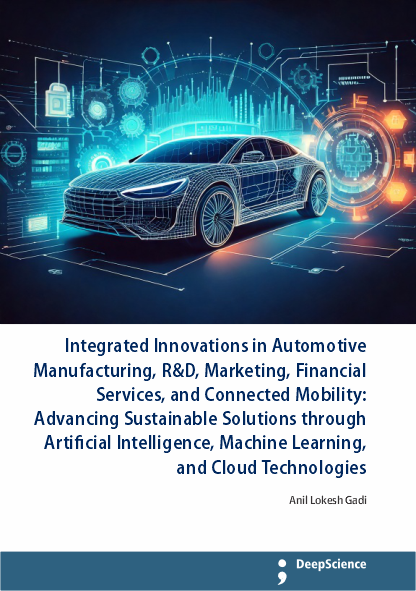Applying machine learning for driver assistance systems and autonomous vehicle technologies
Synopsis
As the number of vehicles increases worldwide, the traffic situation becomes increasingly complicated in terms of safety. The automotive industry has been developing various safety technologies, and driver assistance systems, such as headway distance control, automatic braking system and evasive steering system, have become one of the major features of a vehicle for the safety of the driver and passengers. The advanced driver assistance system (ADAS) has been developed to assist the driver for improved safety and better vehicle control. The ADAS equipped with advanced sensors and intelligent video systems is designed to alert the driver to potential traffic hazards or to take over control of the vehicle to avoid impending collisions and accidents. The ADAS is activated when the predetermined conditions for the driver’s operation and the state of the vehicle are met. In conventional ADAS, a threshold is set for driver’s control input. If the driver’s control input is greater than the predetermined threshold, the ADAS is activated. Correct prediction of driver’s intention is an essential part to determine whether the ADAS should engage to override the driver’s control inputs. The lane change maneuver is one of the main causes of road traffic accidents. ADAS technologies, such as Lane Support Systems and Lane Keeping Assistance System (LKAS), enable automated lane control. The lane change control of the ADAS is based on the driver’s control input and surrounding traffic situation. With the current technologies of the ADAS, there are possibilities of unwanted lane change against the driver’s intention. To alleviate the risk of misjudging the driver’s intention, many studies have attempted to incorporate machine learning techniques to identify the driver’s intention for lane change control with the ADAS. Machine learning has proven its utility in estimation, classification and prediction of system behaviors. For identification of the driver’s intention, many researchers have investigated classification techniques, such as Hidden Markov Model (HMM) and Support Vector Machine (SVM). By observing their environment, humans are enabled to drive road vehicles safely. Vehicle passengers perceive a notable difference between inexperienced and experienced drivers. The latter ones anticipate what will happen in the next few moments and consider these foresights in their driving behavior. To make the driving style of automated vehicles comparable to human drivers, anticipation skills need to become a built-in feature of self-driving vehicles. This provides a comparison of methods and strategies to generate this intention for self-driving cars using machine learning techniques. They use a large data set collected over more than 30000 km of highway driving and containing approximately 40000 real-world driving situations. They show that it is possible to classify driving maneuvers upcoming within the next 5s with an Area Under the Curve above 0.92 for all defined maneuver classes. This enables them to predict the lateral position with a prediction horizon of 5s with a median lateral error of less than 0.21m.












